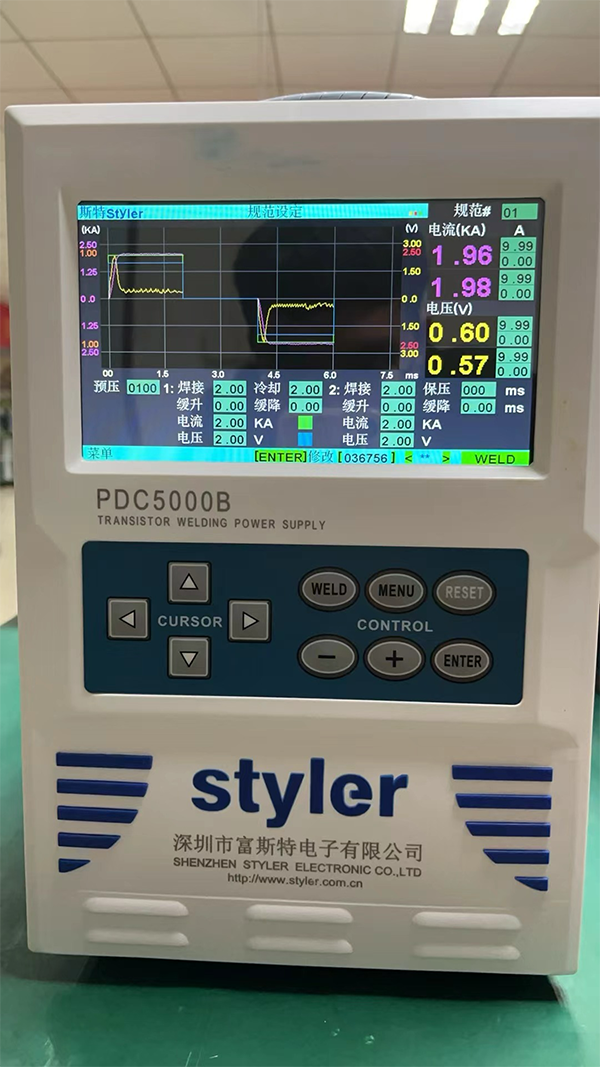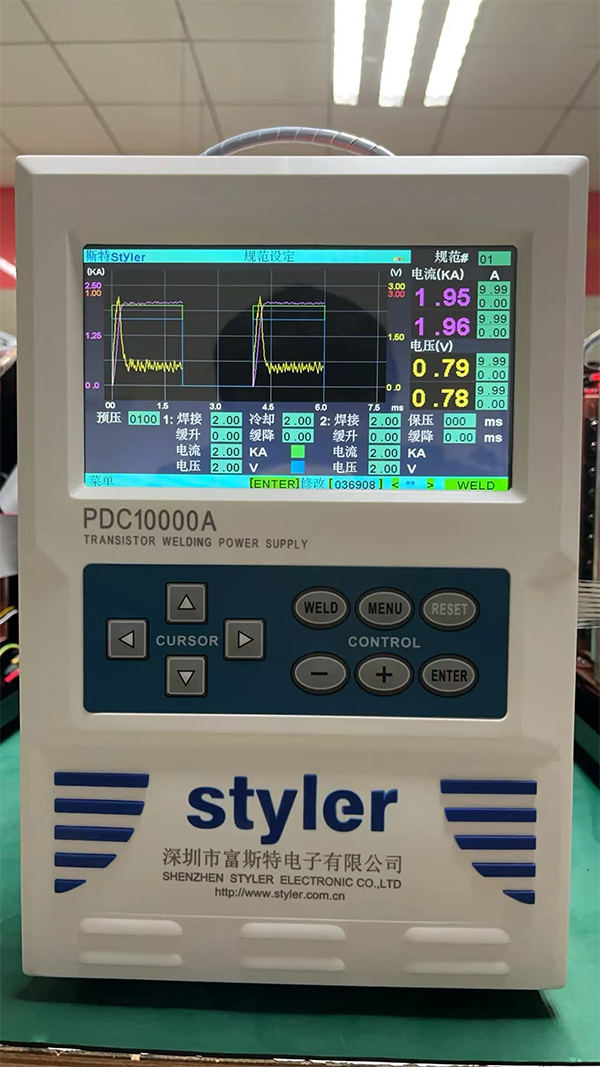In the realm of manufacturing, particularly in the production of batteries for various applications, spot welding plays a crucial role in creating strong and reliable connections between battery components. Central to the success of battery spot welding is the precise control of current, a factor that significantly influences the quality and integrity of welds. In this article, we explore the importance of current in battery spot welding and its implications for ensuring optimal performance and safety in the manufacturing process.
Why Current Matters:
Current is the flow of electric charge, and in spot welding, it is responsible for generating the heat necessary to create welds between battery components. The magnitude of current directly affects the amount of heat generated at the welding interface, ultimately determining the quality of the weld. Insufficient current may result in weak or incomplete welds, compromising the structural integrity of the battery assembly. Conversely, excessive current can lead to overheating, melting, or even damaging the battery components, posing safety risks and affecting the overall reliability of the battery.
Optimizing Current for Battery Spot Welding:
Achieving the ideal current for battery spot welding requires careful consideration of several factors, including the type and thickness of the materials being welded, the design of the welding electrodes, and the specific requirements of the battery application. Additionally, factors such as electrode pressure and welding duration must be taken into account to ensure consistent and reliable welds.
In general, battery spot welding typically requires currents ranging from a few hundred to several thousand amperes, depending on the size and configuration of the battery cells. Lithium-ion batteries, for example, commonly require currents in the range of 500 to 2000 amperes for spot welding, while larger battery packs may necessitate even higher currents to ensure proper penetration and bonding of the battery components.
Ensuring Safety and Quality:
Given the critical role of current in battery spot welding, ensuring precise control and monitoring of current is essential to maintaining safety and quality in the manufacturing process. Modern spot welding machines equipped with advanced control systems offer features such as real-time current monitoring, adaptive welding algorithms, and automatic adjustment of welding parameters, enabling operators to achieve optimal weld quality while minimizing the risk of overheating or damage to the battery components.
At Styler, we specialize in the design and manufacture of advanced spot welding equipment tailored to the specific needs of battery manufacturers. Our cutting-edge machines incorporate state-of-the-art current control technology, ensuring precise and consistent welds for various battery applications. Whether you’re producing lithium-ion batteries for consumer electronics or high-performance electric vehicles, our innovative spot welding solutions empower you to achieve superior quality, reliability, and safety in your manufacturing processes.
In conclusion, the importance of current in battery spot welding cannot be overstated. By understanding the critical role of current and employing advanced welding technologies, battery manufacturers can optimize weld quality, enhance product reliability, and ensure the safety of their operations. For more information on our comprehensive range of spot welding equipment and services, please visit https://www.stylerwelding.com/ or contact our knowledgeable team today.
The information provided by Styler (“we,” “us” or “our”) on https://www.stylerwelding.com/
(the “Site”) is for general informational purposes only. All information on the Site is provided in good faith, however, we make no representation or warranty of any kind, express or implied, regarding the accuracy, adequacy, validity, reliability, availability or completeness of any information on the Site. UNDER NO CIRCUMSTANCE SHALL WE HAVE ANY LIABILITY TO YOU FOR ANY LOSS OR DAMAGE OF ANY KIND INCURRED AS A RESULT OF THE USE OF THE SITE OR RELIANCE ON ANY INFORMATION PROVIDED ON THE SITE. YOUR USE OF THE SITE AND YOUR RELIANCE ON ANY INFORMATION ON THE SITE IS SOLELY AT YOUR OWN RISK.
Post time: Mar-19-2024










